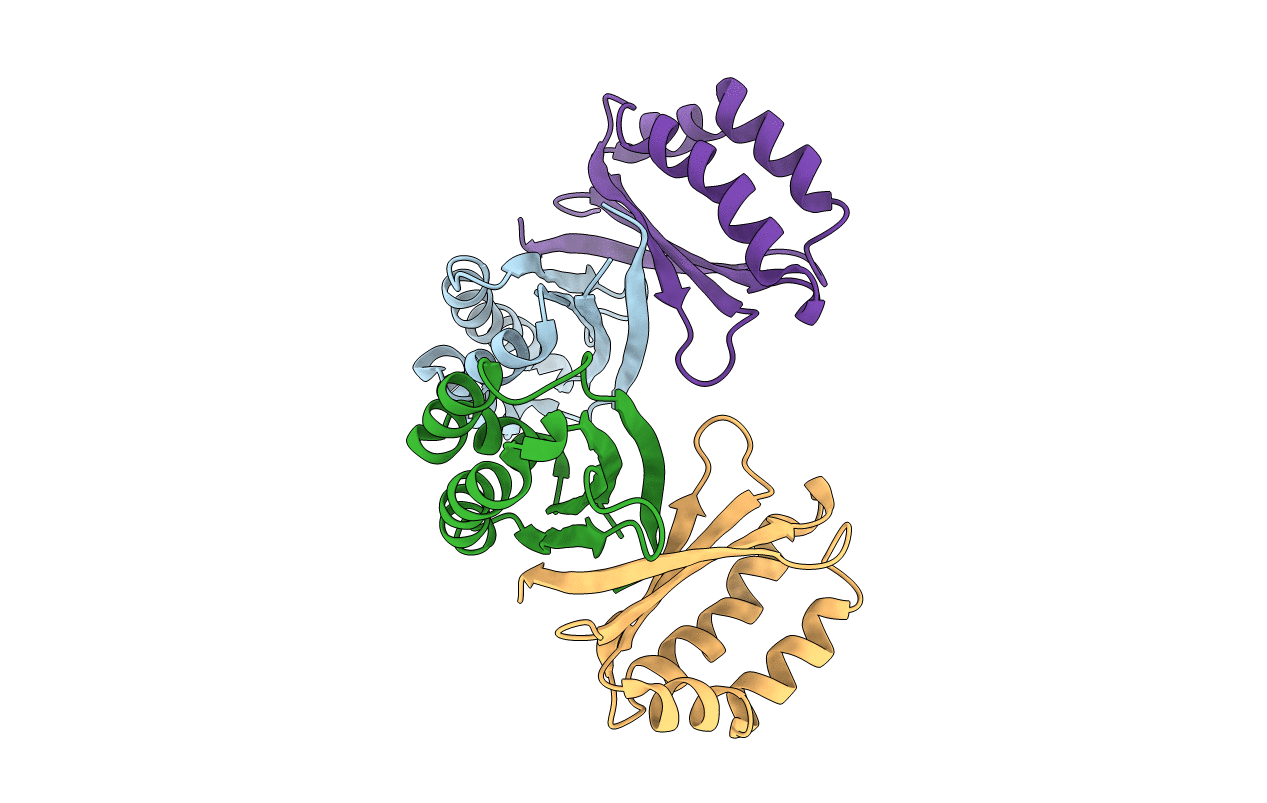
Deposition Date
2011-02-04
Release Date
2011-04-13
Last Version Date
2023-09-13
Method Details:
Experimental Method:
Resolution:
1.80 Å
R-Value Free:
0.24
R-Value Work:
0.20
R-Value Observed:
0.20
Space Group:
P 1 21 1


